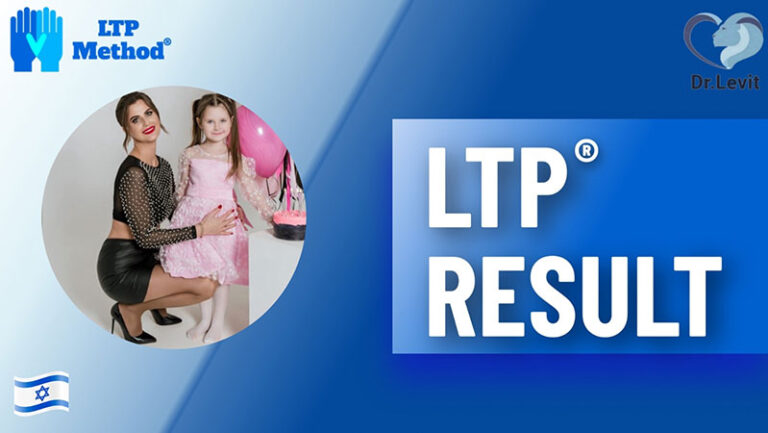Arslan was born an absolutely healthy child, the first year of life he developed well. At 2-2.5 years old, Elena began to notice that something was wrong with her son. Arslan withdrew into himself, did not respond to his name, stopped interacting with people and peers, and lined up objects. From that moment, Elena began examining the child. Specialists reassured her, saying that boys develop longer, wait.
Time passed, but Arslan’s condition did not change. At first, the child was diagnosed with delayed psychoverbal development, then ASD (autism spectrum disorder). Elena and her autistic child began to attend various rehabilitation centers. The mother was not satisfied with the results of the autistic child’s rehabilitation, Arslan continued to be on the autism spectrum. Elena accidentally found a video review on the Internet from a parent who was undergoing the author’s rehabilitation method LTP®. In a year of rehabilitation of the child using the LTP® method, Elena achieved those results in the rehabilitation of the autistic child that she could not achieve in years of rehabilitation.
Treatment of mental retardation using the LTP method
📌LTP® COURSE PARENT REPORT BEFORE AND AFTER📌
Parent: Lena Agliullina. Child: Arslan Agliullin, 7 years old. On the LTP course since 07/26/2021 Country of residence: Kazakhstan 📌 BEFORE THE COURSE THERE WERE PROBLEMS: Strong tantrums when asked, when refusing cartoons, treats. Chronic constipation (went to the toilet 1-2 times a week). Constant stims (frequent blinking with hands near face, waving hands, spinning for a long time and squinting, monotonous games, could sit for hours with a thread or a straw) Ate mainly only pastries, chips, crackers, very sweet fruits, juices, sweet yogurts) Squeaking at a very high tone Did not interact with other children on the playground, in kindergarten (was afraid to approach children if there were more than 2) Had a hysterical fit if you interfered with his game, or distracted him from the game Eye contact is short Fear of loud sounds (covered his ears) Did not distinguish between relatives, all adults were mom. Didn’t like to wash. Offended his one-year-old brother (pushed and laughed when the little one cried) Walked on tiptoes often.
📌 TODAY: The chair has improved. The hysterics are completely gone. He reacts calmly to requests and refusals. The stims are gone. With the help of exercises, self-care skills have improved: he washes vegetables himself before eating, cuts cucumbers himself, can put porridge on a plate himself, heat it in the microwave, wipe the table and floor if he spills water, clears the table after lunch, wipes himself after a hike. To a large extent, he likes to control me when I prepare food so that I don’t drop anything, and he started choosing what to cook from food. He began to show interest in other children, walks, runs after them, repeats their movements, looks into their eyes, and tries to start playing. At home he pesters his brothers and asks them to play with him. He plays with his brothers at home, hides and seeks, chases, throws a ball, rolls cars with each other, leaves through books together, likes to dance together, likes to pretend to be different animals. He began to distinguish between his relatives (he used to call everyone his mother), now he calls them, if you ask mom, dad, brothers by name, grandmother, grandfather. He learned, without my intervention, numbers from 10 to 30, he can write and name them. The vocabulary has increased. Now he eats everything I give. He eats vegetables raw, eats bunches of greens, eats meat, and has stopped depending on sweets and starchy foods. He takes care of his younger brother, plays with him, and at the same time gives in to him, knows that his little brother does not leave him alone anywhere. When on the street he sees that the little one is leaving, he gives up all his games and follows him. The contact with the eyes is prolonged, he makes eyes and makes faces. The squeak is almost gone. He has become very affectionate and loves to hug and kiss. Stopped walking on tiptoes.


















